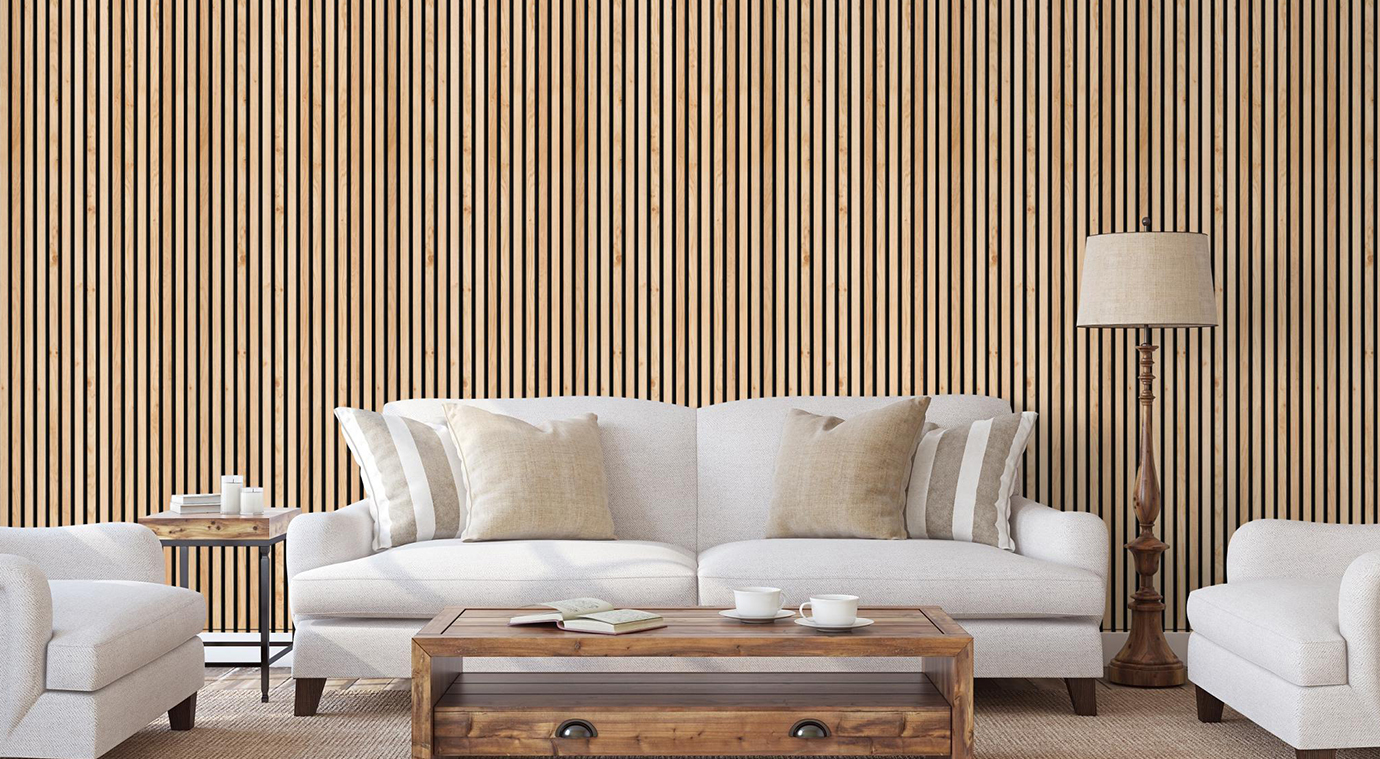What Does Product Liability Mean in the Legal Space?
Product liability refers to the legal responsibility a manufacturer or seller holds when a defective or dangerous product causes harm to a consumer. this area of law is critical in protecting consumers’ rights and ensuring that products in the market are safe for use. As outlined in the Munley Law Glossary, product liability cases revolve around the concept that companies must be held accountable if their products cause injuries or damages due to defects in design, manufacturing, or labeling. Understanding product liability is vital for both consumers seeking justice and businesses aiming to comply with legal standards.
What Is Product Liability?
Product liability is a legal framework that allows consumers to seek compensation when they are harmed by a defective product. These cases can apply to a wide range of products, including vehicles, medical devices, household appliances, toys, and food. The core principle behind product liability is that manufacturers, distributors, and sellers must ensure the safety of the products they offer to the public.
When a product causes injury, the injured party may file a claim under one or more types of product defects:
- Design Defects: These occur when a product is inherently unsafe due to its design, even before manufacturing begins. An example might be a car with a design flaw that makes it prone to rollovers during normal driving conditions.
- Manufacturing Defects: These defects happen during the production process and affect only certain units of a product. For instance, a batch of smartphones with faulty batteries that overheat and explode would fall under this category.
- Marketing Defects (Failure to Warn): These arise when a product lacks sufficient instructions or warnings about potential risks. A common example is medication that fails to list dangerous side effects on its packaging.
The Role of Product Liability in the Legal Space
Product liability serves several important functions in the legal system:
Protecting Consumers
One of the primary purposes of product liability law is to protect consumers from unsafe products. When companies are aware that they may be held legally accountable for any harm caused by their products, they are more likely to take proactive steps to ensure safety. This includes thorough product testing, quality control, and providing adequate instructions or warnings on how to use the product safely.
Holding Companies Accountable
Product liability laws ensure that companies are held accountable when their products fail to meet safety standards. If a company manufactures or sells a defective product, they can be sued for damages caused by the product. This not only provides a pathway for injured parties to receive compensation but also serves as a deterrent to prevent future negligence by manufacturers.
Establishing Legal Precedents
Product liability cases often establish legal precedents that influence future cases and shape industry practices. For example, significant product liability lawsuits, such as those against automotive companies or pharmaceutical manufacturers, often lead to changes in regulations, recall policies, and product designs, ultimately benefiting consumers.
Key Elements of a Product Liability Case
To succeed in a product liability claim, the injured party must demonstrate that the product was defective and that the defect directly caused the injury. Several key elements must be proven:
- Product Was Defective: The plaintiff must show that the product had a design, manufacturing, or marketing defect. For instance, if a power tool had a defect that made it more likely to malfunction during use, this would qualify as a defective product.
- Defect Caused the Injury: It is not enough for a product to be defective; the plaintiff must prove that the defect was the direct cause of their injury. If a product malfunctioned, but the injury occurred for an unrelated reason, the claim would likely fail.
- Product Was Used as Intended: The plaintiff must also demonstrate that they were using the product as intended or in a way that could reasonably be expected. If a consumer uses a product in an unintended manner, such as using a kitchen appliance in a dangerous way, the manufacturer may not be held liable.
Types of Compensation in Product Liability Cases
Victims of defective products may be entitled to various types of compensation:
- Medical Expenses: Injured parties can recover costs related to medical treatment, including surgeries, hospital stays, and ongoing care.
- Lost Wages: If the injury caused the plaintiff to miss work or reduced their ability to earn income in the future, they could be compensated for lost wages or diminished earning capacity.
- Pain and Suffering: In some cases, plaintiffs may receive compensation for the physical pain and emotional distress caused by the defective product.
- Punitive Damages: In cases where the defendant acted with extreme negligence or willful disregard for consumer safety, the court may award punitive damages to punish the company and deter future wrongdoing.
Product liability law plays a crucial role in the legal system by ensuring that consumers are protected from dangerous products and that companies are held accountable for defects. The Munley Law Glossary highlights that product liability encompasses a range of issues, including design, manufacturing, and marketing defects. Whether you are a consumer seeking justice for injuries caused by a defective product or a business looking to understand legal obligations, understanding product liability is essential for navigating these legal challenges.

